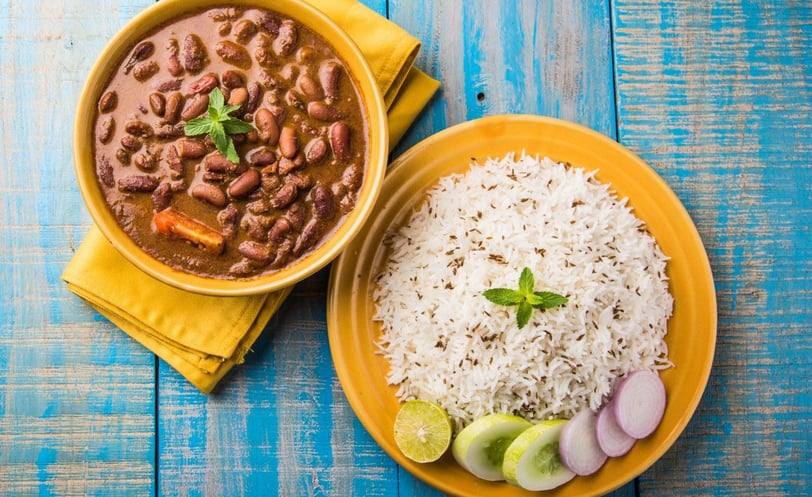Rajma Chawal: The Soul-Satisfying Comfort Food of India
Rajma Chawal is not just a meal; it’s an emotion. The combination of creamy kidney beans cooked in a flavorful, spiced gravy served over steamed rice creates a heartwarming dish that has been a staple in Indian households for generations
FOOD CHRONICLES
Atulya Raj Anand
2/23/20252 min read


The History of Rajma Chawal
While Rajma (kidney beans) is synonymous with North Indian cuisine, its origins can actually be traced back to Mexico and Central America. It was introduced to India by Portuguese traders in the 16th century. Over time, Indian cooks infused local flavors, spices, and cooking techniques, transforming the humble kidney bean into a rich, aromatic curry that is now an integral part of Indian cuisine.
Rajma Chawal became especially popular in the northern regions of India, particularly in Punjab, where slow-cooking techniques and generous use of ghee and spices enhanced the dish’s flavor. Today, it is not only a comfort food but also a cultural symbol of homemade goodness and warmth.
The Taste and Experience
I recently indulged in a steaming plate of Rajma Chawal, and the experience was truly satisfying. The rajma was perfectly cooked—tender yet firm, soaking up all the spices and flavors of the slow-simmered tomato-based gravy. The gravy itself was rich, thick, and bursting with aromatic flavors of cumin, garlic, ginger, and garam masala.
Pairing it with hot, fluffy basmati rice elevated the experience. Each spoonful was a delightful blend of spice, creaminess, and the mild sweetness of kidney beans, balanced beautifully by the simplicity of the rice. The best part? A dollop of homemade ghee on top, adding an extra layer of richness to the meal. No wonder Rajma Chawal is a dish that brings nostalgia and comfort to so many!
How Rajma Chawal is Made
Rajma Chawal is a dish that requires patience and love. Here’s how it’s typically prepared:
Soaking the Beans: Dry kidney beans are soaked overnight to soften them and reduce cooking time.
Cooking the Rajma: The soaked beans are pressure-cooked until tender.
Making the Gravy: Onions, tomatoes, ginger, garlic, and a blend of Indian spices are sautéed to create a thick, aromatic base.
Simmering: The cooked rajma is added to the gravy and slow-cooked to allow the flavors to meld together.
Serving: The dish is served over steamed basmati rice, often garnished with fresh coriander and a drizzle of ghee.
Nutritional Breakdown of Rajma Chawal
A typical serving of Rajma Chawal (1 bowl) provides:
Calories: 350-450 kcal
Protein: 12-15g
Carbohydrates: 60-70g
Fats: 5-10g
Fiber: 8-10g
Rajma is a powerhouse of nutrition, being rich in plant-based protein, fiber, and essential minerals like iron and magnesium. It is a great option for vegetarians and is highly satisfying due to its complex carbohydrates.
Best Ways to Enjoy Rajma Chawal
With a Side of Curd: The coolness of yogurt balances the spiciness of the dish.
Pickles and Onions: A side of tangy pickles and sliced onions adds an extra punch of flavor.
Ghee Tadka: A drizzle of ghee enhances the aroma and taste.
Jeera Rice Twist: Some prefer to swap plain rice with cumin-flavored jeera rice for an extra layer of taste.
Final Thoughts
Rajma Chawal is more than just food—it’s a culinary hug, a dish that evokes memories of home-cooked meals and family gatherings. Whether you’re indulging in it at a roadside dhaba, a fancy restaurant, or in the comfort of your home, the satisfaction it brings is unparalleled. If you haven’t tried this North Indian classic yet, you are truly missing out on one of the most soul-satisfying meals India has to offer!
